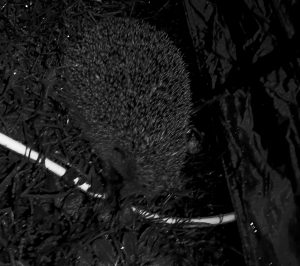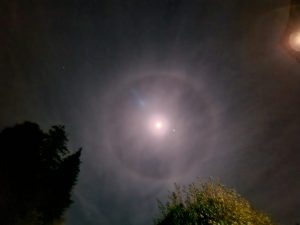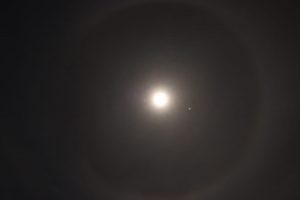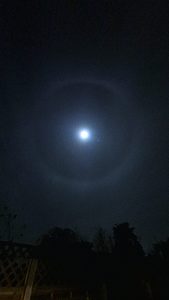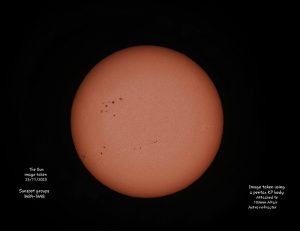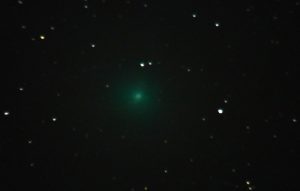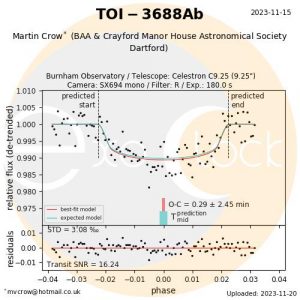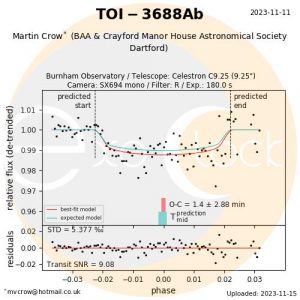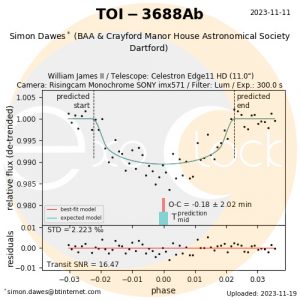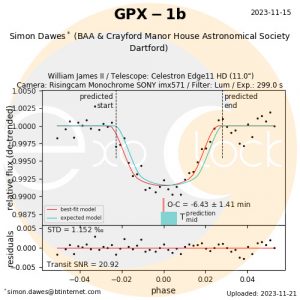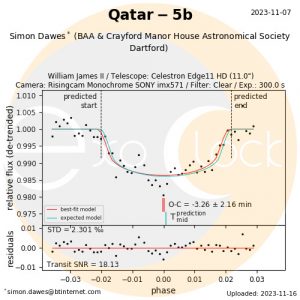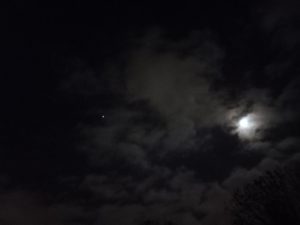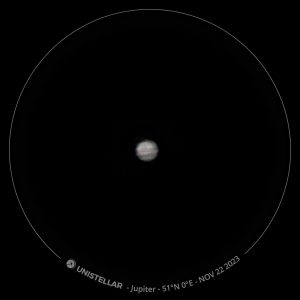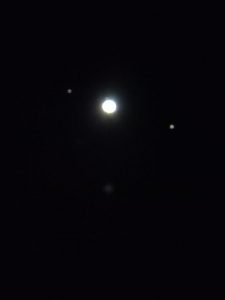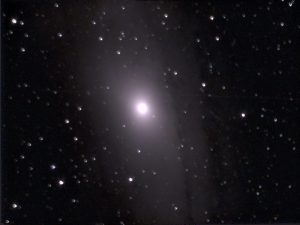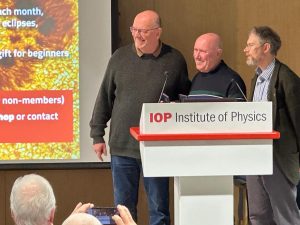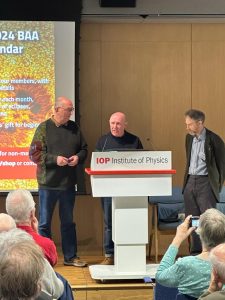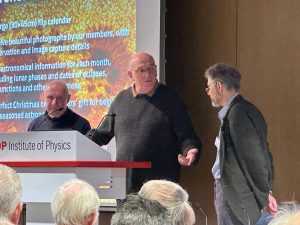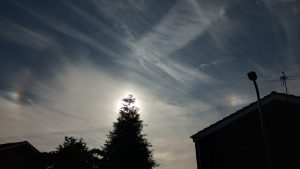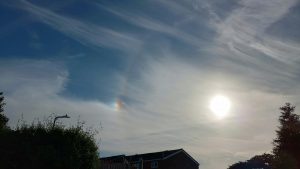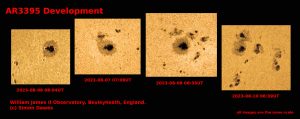Below is a brief summary of the latest trip by CMHASD members to Kelling Heath for the Autumn Equinox Star Party written by Simon Dawes.
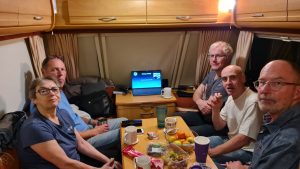
''10 Members, 5 pitches, 2 tents, 2 caravans, 1 camper van and a lodge set the scene for a damp and windy long weekend.
If you decided to go to the Autumn Kelling Heath star camp based on the weather forecast, you would never leave Crayford; fortunately us seasoned star campers know better than to believe the forecast.
Wednesday: Cloud, Wind and Rain.
Four of us arrived in the rain, setting-up camp in a brief gap in the weather and headed to Honor’s lodge for a very welcome evening meal.
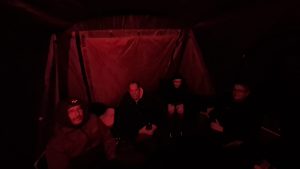
Thursday: Cloud, Wind and Rain.
Some of us headed out for a walk to the beach stopping for tea and cakes at the village cafe, a cloudy night saved by us zooming into the Barry Kellet lecture.

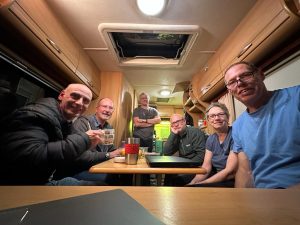
Friday: Cloudy, Windy, and a clear night.
The short term forecast suggested a clear night, the clouds parted early and we weren't disappointed, we had views through Dominique's a very nicely set-up 3” Refactor, Keith’s 10” Dobsonian, Simon’s 12” Dobsonian, Julian’s 20” Dobsonian, and some very nice 4” Binoculars from a nearby pitch.
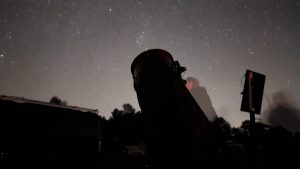
It was too windy for imaging early on but the wind died down and David did a good job imaging using a Samyang 130mm Lens on an HEQ5 mount – possibly overkill – but the results spoke for themselves.
We packed up at about 3:30 am.
The sky at Kelling by Kevin Smith
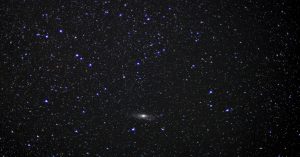
The Milky Way by Simon Dawes
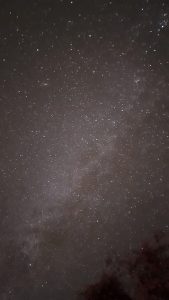
Images below are by Martin Crow
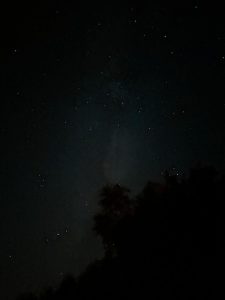
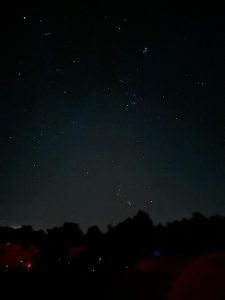
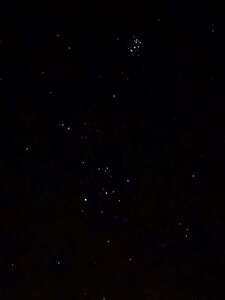
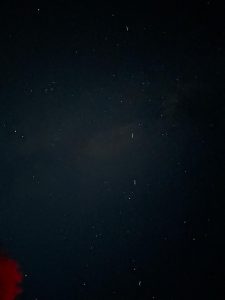
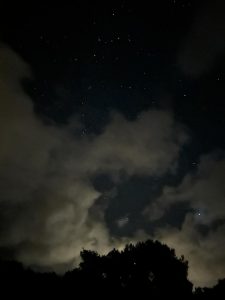
Below are images by Jim Burchell. All images where taken with a Pentax KP attached to a Skywacher star adventurer. All the images are single frame images.
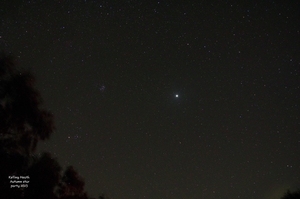
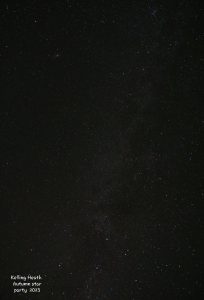
Saturday: Dry, partial cloud during the day, mostly cloudy at night
We visited the trade stands, being careful to leave our wallets behind. Julian had some wonderful views of the Sun in his Ha telescope a modified PST.
Sunday: Dry
We packed up and headed home.''
Plus Kevin had a cute little visitor one night to his tent :-)
